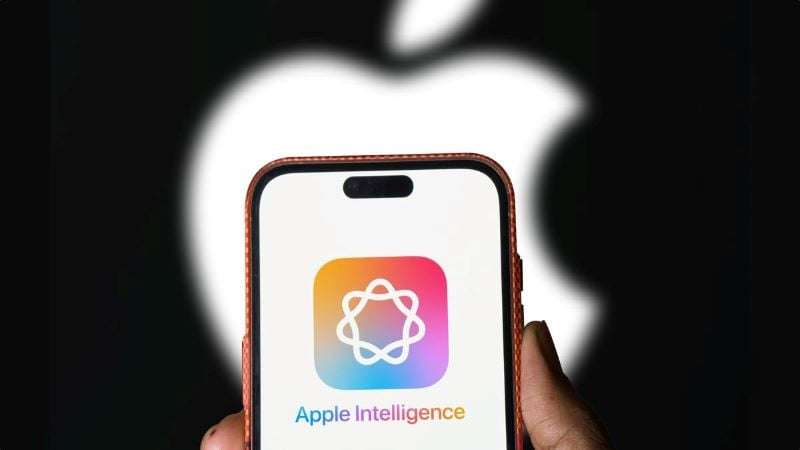OpenAI, one of the most influential artificial intelligence companies in the world, is at a crossroads regarding its open-source approach. Sam Altman, CEO of OpenAI, recently admitted that the company might be on the wrong side of history in terms of sharing its research and technology with the public.
In a Reddit Ask Me Anything (AMA) session, Altman responded to a question about OpenAI’s transparency and whether the company would consider publishing its research. His response has sparked discussions within the AI community about the future of open-source artificial intelligence, competition, and innovation.
Sam Altman Acknowledges OpenAI’s Closed Approach
1. A Shift in Perspective on Open-Source AI
During the AMA session, Altman stated that OpenAI has followed a more closed approach, but he personally believes this may not be the right path.
“I personally think we have been on the wrong side of history here and need to figure out a different open-source strategy,” Altman said.
However, he also noted that not everyone at OpenAI shares this view, and the matter is still under discussion. Moreover, it is not OpenAI’s highest priority at the moment.
This statement signals a potential shift in how OpenAI might handle its future AI models and research transparency.
2. Why OpenAI Moved Away from Open-Source?
OpenAI originally started as a nonprofit organization with the goal of making AI accessible and beneficial to all. However, as AI technology advanced, concerns over misuse, safety, and commercial viability led the company to adopt a more closed approach.
Some of the main reasons for limiting open access include:
- Safety concerns: Advanced AI models can be misused for unethical purposes, including disinformation campaigns, cyberattacks, and manipulation.
- Intellectual property and revenue: OpenAI, like other tech companies, has commercial interests in keeping its technology exclusive.
- Competitive advantage: Keeping AI models closed helps OpenAI maintain a technological edge over rivals like Google and Meta.
Despite these reasons, the AI industry is seeing a growing demand for open-source AI, which allows developers greater access to model structures and training data.
The Rise of Open-Source AI Competitors
1. DeepSeek: The Open-Source Challenger
A new player in the AI landscape, DeepSeek, has gained attention for its open-source approach to AI development. Unlike OpenAI and Google, which keep their AI models private, DeepSeek promotes free access to its AI technology.
DeepSeek’s R1 chatbot has been making waves due to:
- Lower costs compared to proprietary AI models
- High performance, competing with leading AI systems
- An open-source framework, allowing developers to build upon its technology
2. Meta, Mistral, and DeepSeek vs. OpenAI and Google
Other AI companies, including Meta and Mistral, have also taken an open-source approach, positioning themselves against OpenAI and Google’s more restricted models.
These companies believe that AI should be accessible to all, allowing developers, researchers, and businesses to innovate freely.
Meta, for example, has released Llama models under an open-source license, giving developers greater control over AI customization. Similarly, Mistral has introduced advanced language models with an emphasis on transparency and accessibility.
3. Open-Source vs. Closed AI: The Debate Continues
The AI industry is divided between open-source advocates and companies prioritizing commercial security.
Pros of Open-Source AI:
✅ Encourages innovation by allowing developers to build upon existing AI models
✅ Enhances transparency and promotes trust in AI systems
✅ Supports academic research and startups with limited resources
Cons of Open-Source AI:
❌ Increases the risk of AI misuse for cyber threats and deepfake generation
❌ Challenges revenue generation for companies investing billions in AI development
❌ Reduces competitive advantage, as proprietary models retain exclusivity
Sam Altman’s recent remarks indicate that OpenAI may reconsider its stance to remain competitive in the AI race.
How OpenAI Plans to Compete with Open-Source Rivals
1. Will OpenAI Open-Source Its Future Models?
When asked whether OpenAI would release open-source AI models, Altman did not provide a definitive answer but admitted that DeepSeek’s approach has influenced discussions within OpenAI.
His response regarding DeepSeek was:
“It’s a very good model. We will produce better models, but we will maintain less of a lead than we did in previous years.”
This suggests that OpenAI is aware of the competitive pressure but is still confident in developing superior AI systems.
2. Balancing Open-Source and Revenue
While OpenAI may explore a new open-source strategy, it must also maintain its financial sustainability. Some possible strategies OpenAI could adopt include:
- Limited open-source releases: Making certain AI tools open while keeping advanced versions proprietary
- Subscription-based AI models: Offering premium access while providing basic AI models for free
- Partnerships with universities and research institutions: Encouraging responsible AI development without fully opening proprietary technologies
What’s Next for OpenAI?
1. Future AI Development Goals
OpenAI is expected to continue working on more powerful AI models while also considering a shift toward greater transparency. This could include:
- Developing safer and more controllable AI models
- Finding a balance between open access and commercial viability
- Exploring collaborations with global AI research institutions
2. Competing in the AI Industry
The AI industry is moving at a rapid pace, with new breakthroughs happening frequently. OpenAI’s main challenges and priorities moving forward include:
- Competing with emerging AI startups offering open-source alternatives
- Ensuring ethical AI development while remaining commercially successful
- Expanding AI applications in real-world industries
Altman’s remarks indicate that OpenAI is open to change, but it remains to be seen how and when it will modify its open-source strategy.
Frequently Asked Questions (FAQs)
1. What did Sam Altman say about OpenAI’s open-source strategy?
Sam Altman admitted that OpenAI may have taken the wrong approach by limiting access to its AI technology and that the company needs to rethink its open-source strategy.
2. Why has OpenAI kept its AI models closed?
OpenAI has cited safety concerns, competitive advantage, and commercial interests as reasons for keeping its models closed to the public.
3. What is DeepSeek, and how does it challenge OpenAI?
DeepSeek is a Chinese AI company that promotes open-source AI development, making its models more accessible and affordable compared to OpenAI’s closed models.
4. Will OpenAI make its future AI models open-source?
While Altman has suggested rethinking OpenAI’s strategy, no official decision has been made on whether future models will be open-source.
5. How does open-source AI benefit the industry?
Open-source AI allows for greater transparency, innovation, and collaboration, enabling developers to create better AI applications with fewer restrictions.
Conclusion: The Future of OpenAI and Open-Source AI
Sam Altman’s acknowledgment of OpenAI’s closed approach has reignited the debate over open-source AI. While open-source AI promotes innovation, concerns over safety and intellectual property continue to drive companies toward more closed models.
As competition from DeepSeek, Meta, and Mistral grows, OpenAI may need to redefine its strategy to remain at the forefront of AI development.
The coming years will determine whether OpenAI embraces a more open approach or continues prioritizing exclusivity in AI innovation.



